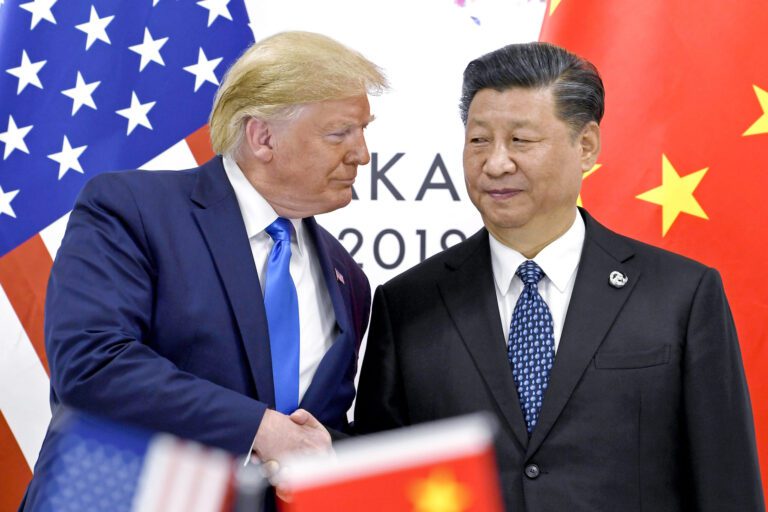Trump’s Changing Stance on China Trade: What You Need to Know
In a surprising turn of events, President Trump has shifted his approach regarding trade tariffs on China, following recent turbulence in stock and cryptocurrency markets. This development comes after his announcement of a staggering 100% tariff on all Chinese goods, a move aimed at addressing America’s trade deficit.
Background: The Initial Announcement
On Friday, President Trump declared his intention to implement a 100% tariff on Chinese imports starting November 1. This decision reportedly stemmed from concerns that China was attempting to "clog" the global market for rare earth elements, critical materials used in various high-tech and clean energy applications.
Key Points from Trump’s Announcement:
- Tariff Details: The new tariff will be in addition to the current 30% rate, potentially raising the total to 130%.
- Export Controls: Alongside tariffs, Trump announced that new export controls would apply to critical software, enhancing restrictions on technology transactions with China.
The announcement directly impacted the financial markets, resulting in the most significant single-day drop on Wall Street since April.
A Sudden Shift in Tone
Just two days later, however, Trump appeared to ease his hardline stance towards China. In a post on his social media platform, he reassured his followers, stating:
“Don’t worry about China, it will all be fine! Highly respected President Xi just had a bad moment. He doesn’t want Depression for his country, and neither do I.”
Context of the Shift:
- Trump emphasized that the U.S. wants to support rather than harm China, demonstrating a potential rebuke of his earlier, more aggressive trade tactics.
- This change in tone came amidst strong pushback from Chinese officials, who reiterated that their country’s export controls would not bow to U.S. pressures.
"Willful threats of high tariffs are not the right way to get along with China," a spokesman for the Chinese ministry of commerce said.
Is Trump Backtracking?
If Trump opts to retract his threats of imposing new tariffs and export controls, this would not be the first time he has softened his trade rhetoric. In April, shortly after his introduction of “Liberation Day” tariffs, he reversed an earlier decision to escalate tariffs to over 100%. The decision had boiled down to a framework agreement addressing issues like fentanyl trafficking.
Previous Trade Resolutions:
- April Tariff Changes: Increased to over 100% initially, later revised to just 30% after negotiations.
- Abandonment of Previous Threats: This includes refraining from enforcing punitive tariffs that were promised after initial trade considerations.
Ongoing Legal Challenges
It’s important to note that Trump’s authority to impose tariffs—both existing and proposed—is currently under review by the United States Supreme Court. As the court prepares to hear arguments in the case next month, this legal scrutiny could further impact the administration’s trade strategies.
Conclusion
The fluctuations in President Trump’s rhetoric about trade with China underscore the complexities of international relations and economic policy. While rhetoric suggests a potential easing of tensions, the underlying issues and legal challenges remain significant.
For further reading on the implications of these tariffs, you can explore sources like CNBC and Reuters.
By staying informed, readers can better understand the ongoing developments in U.S.-China trade relations and their potential impact on both economies.


